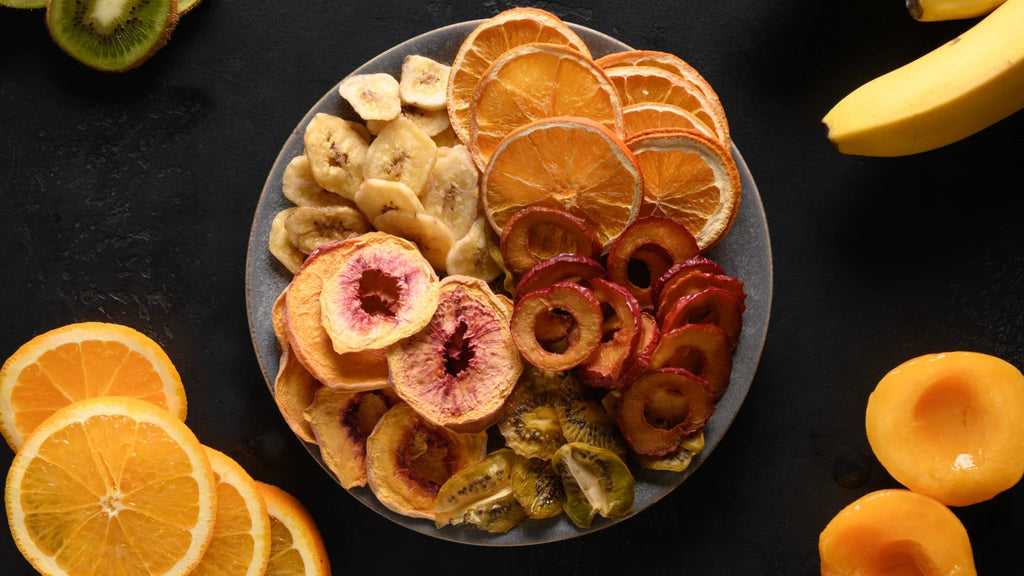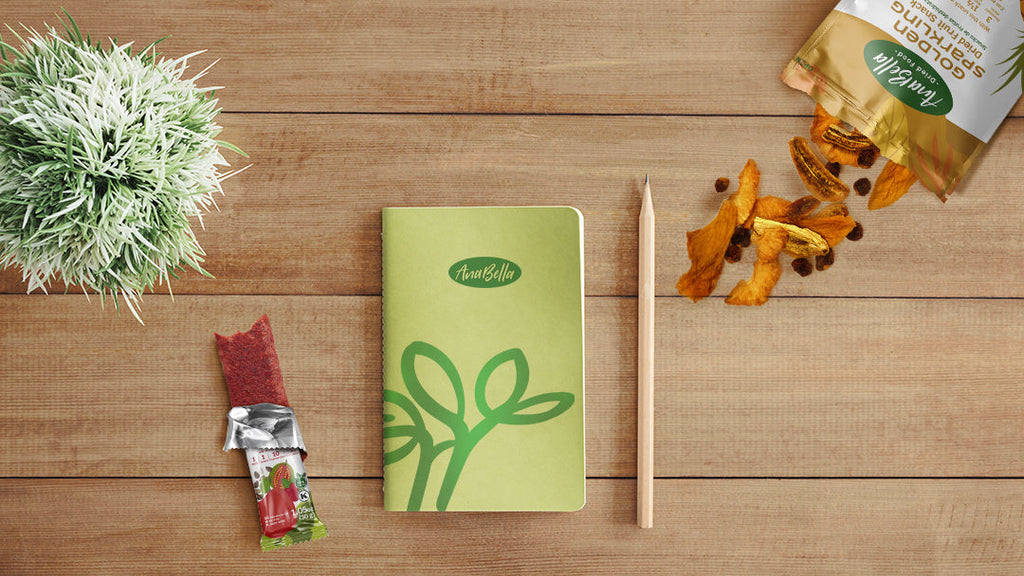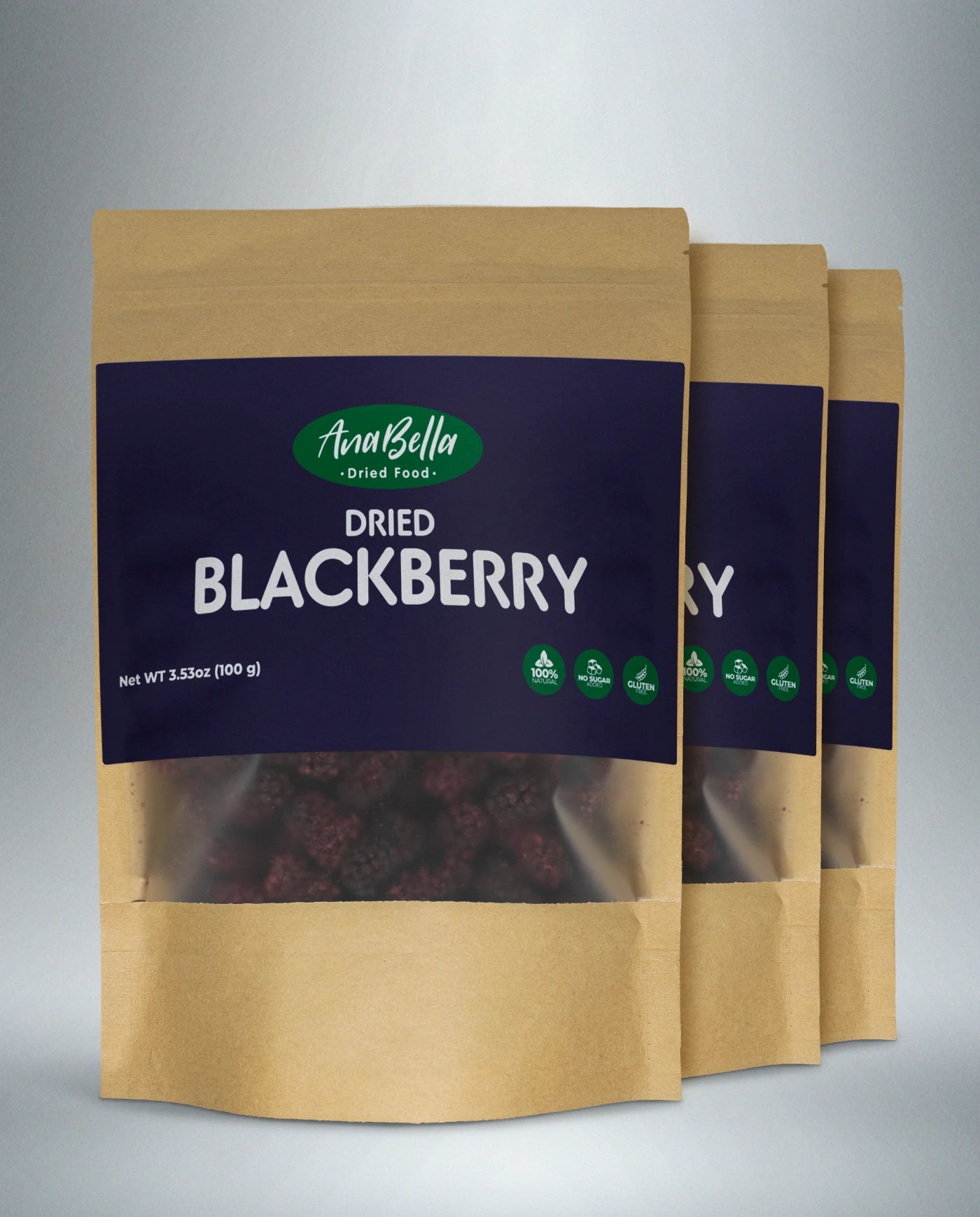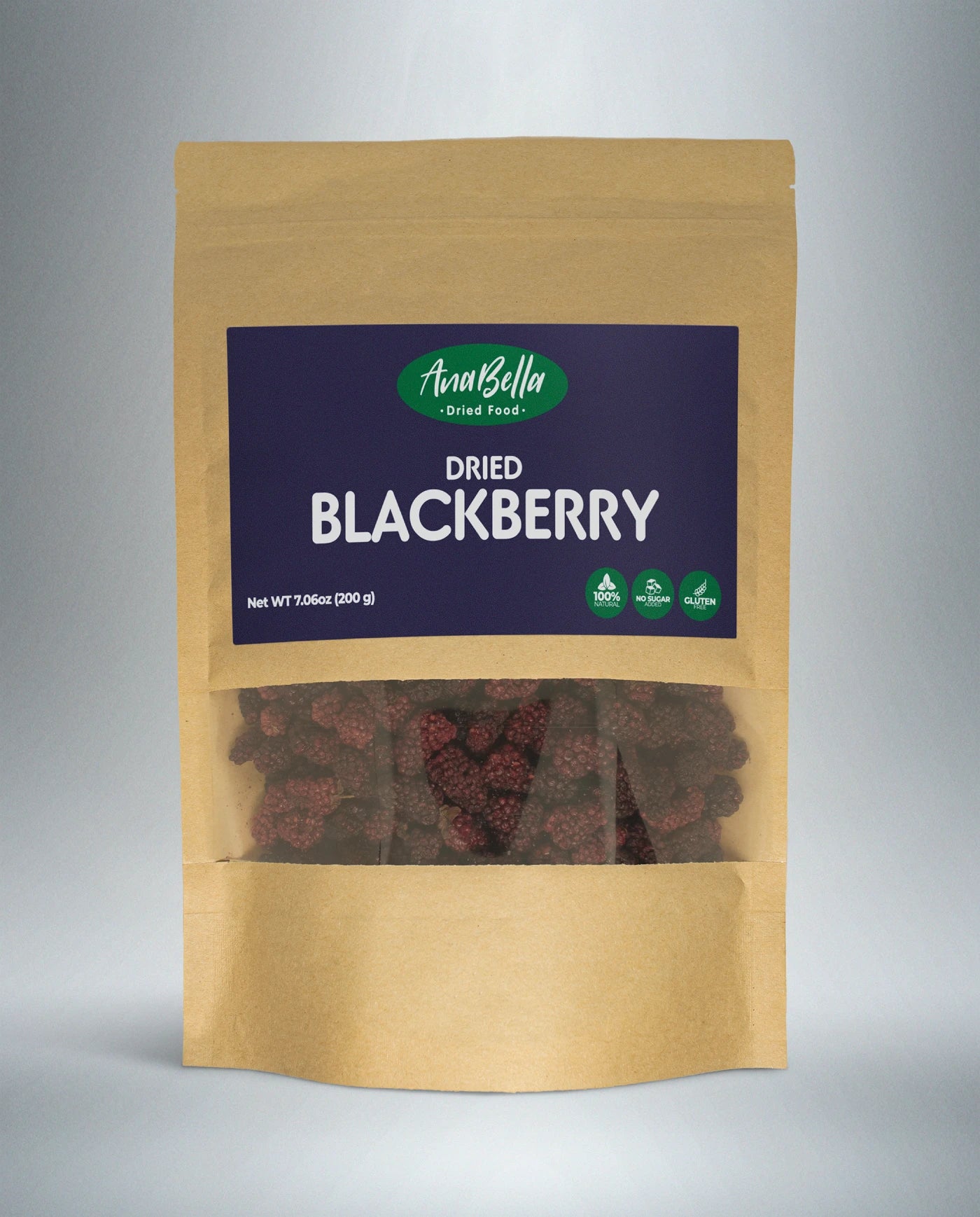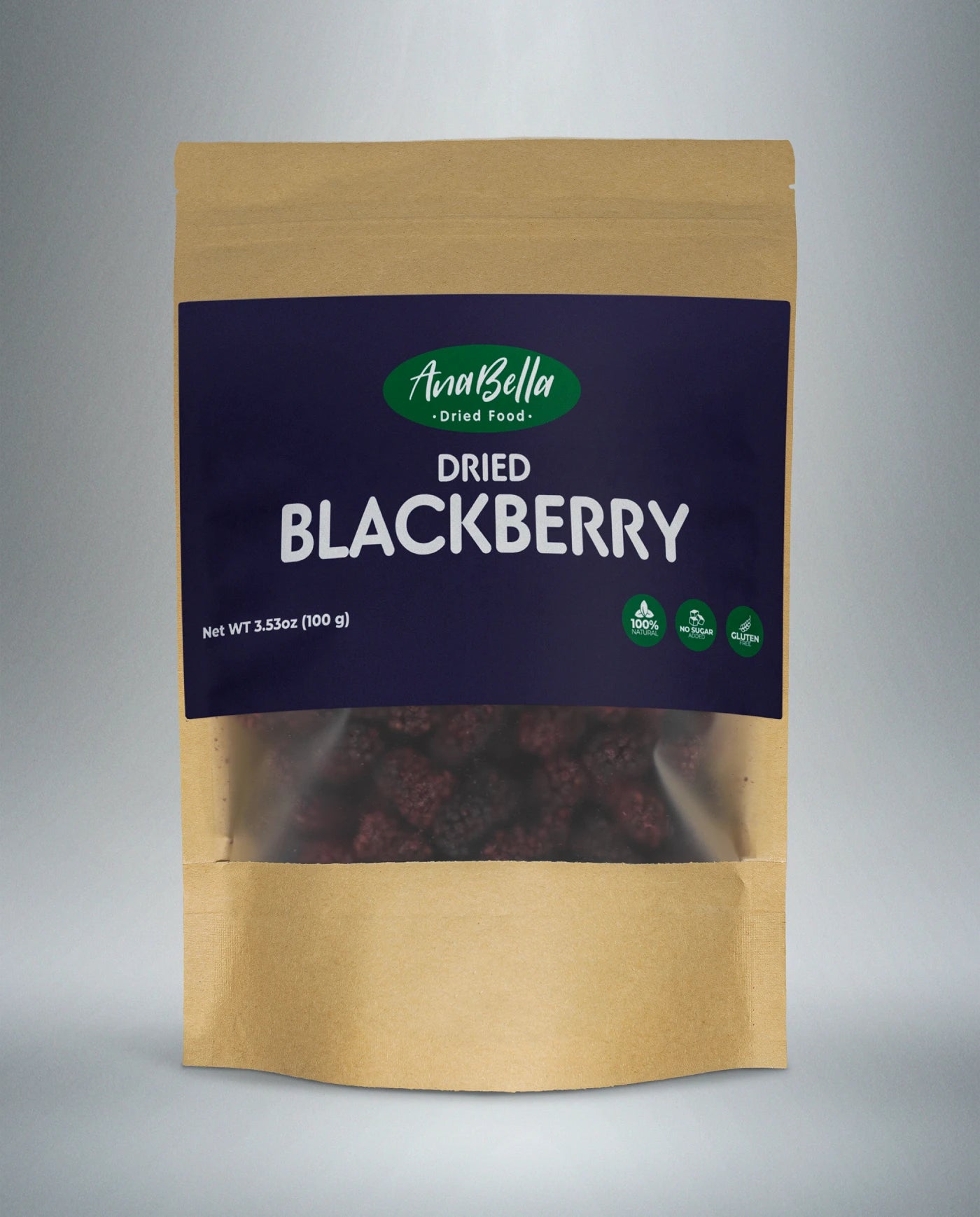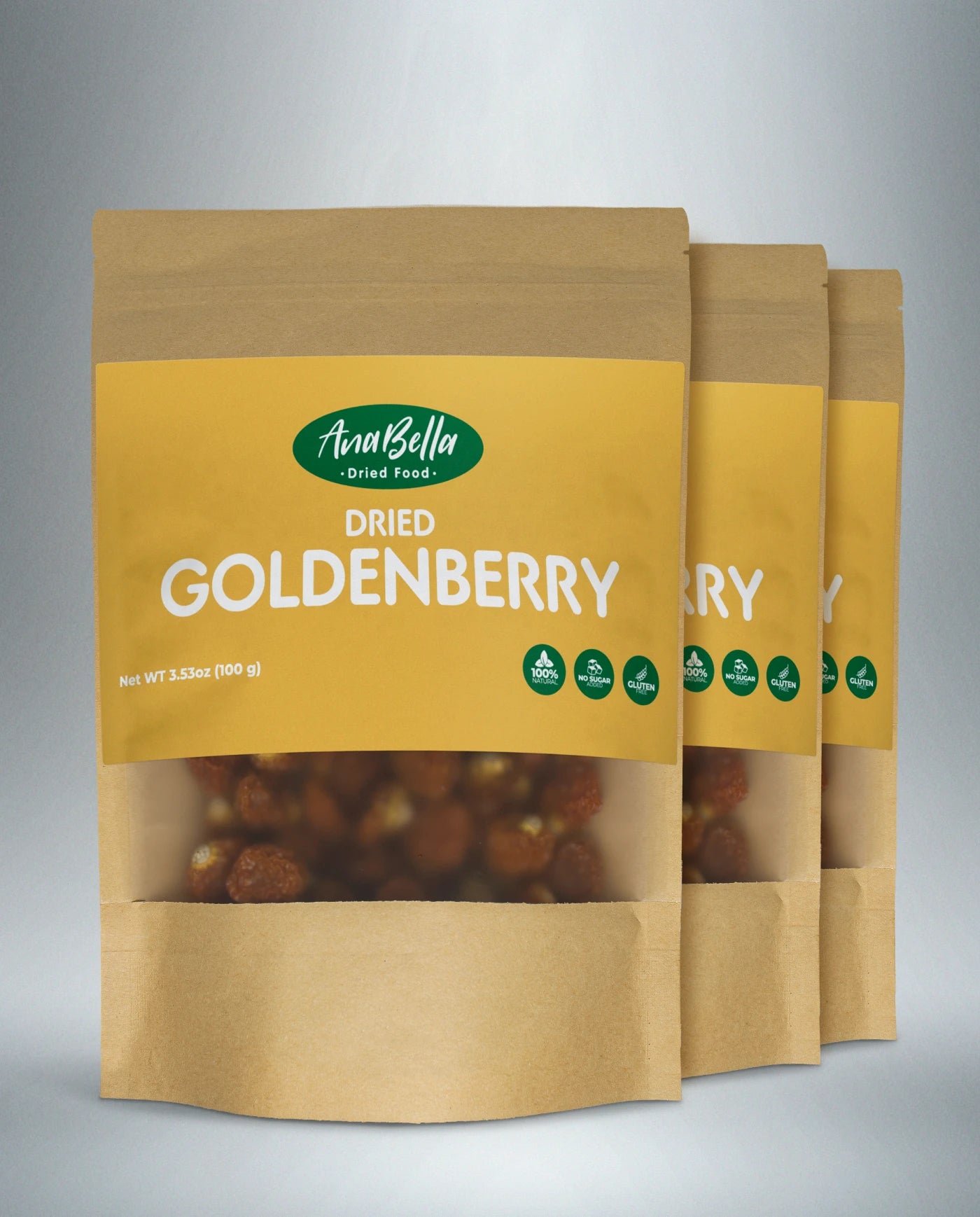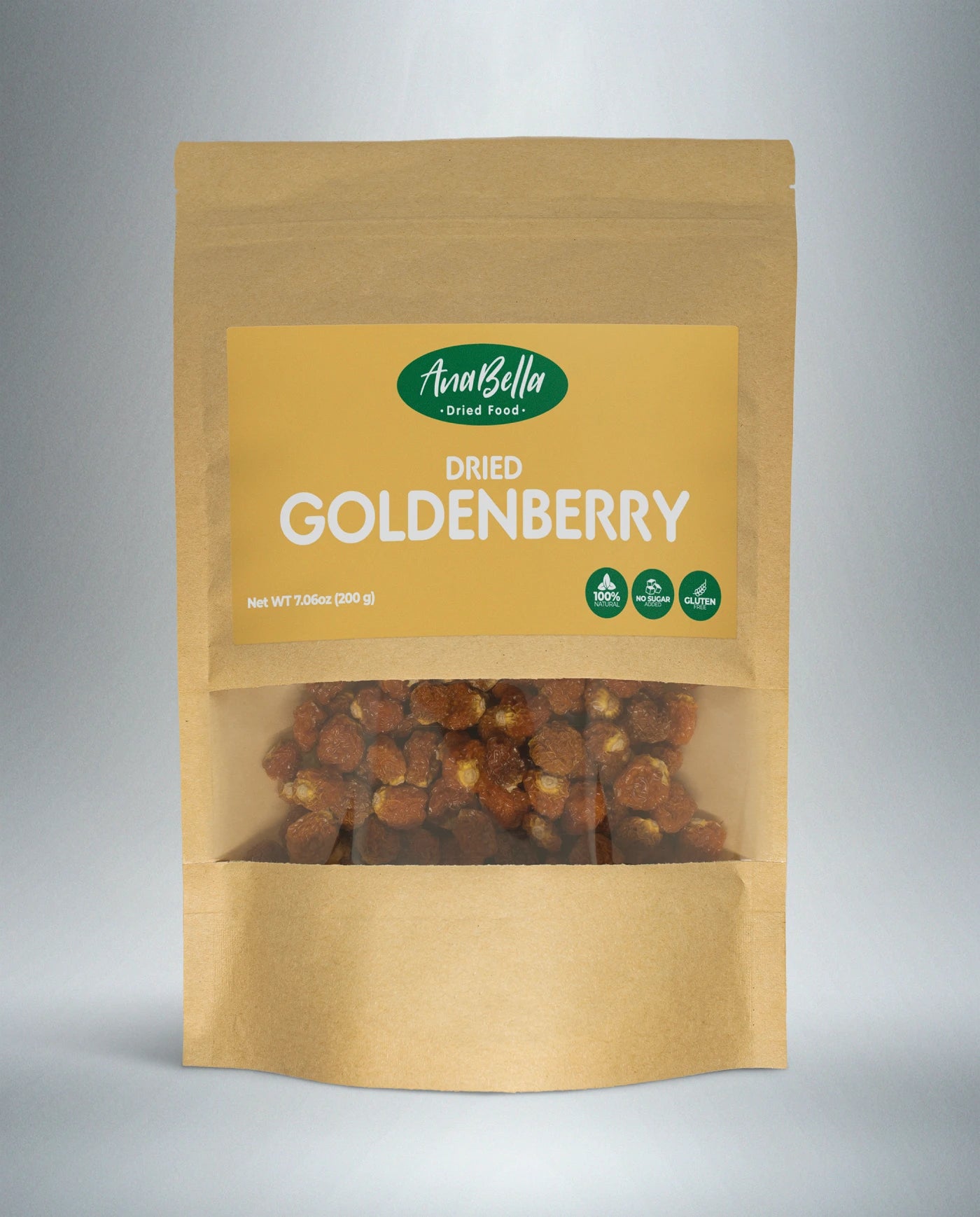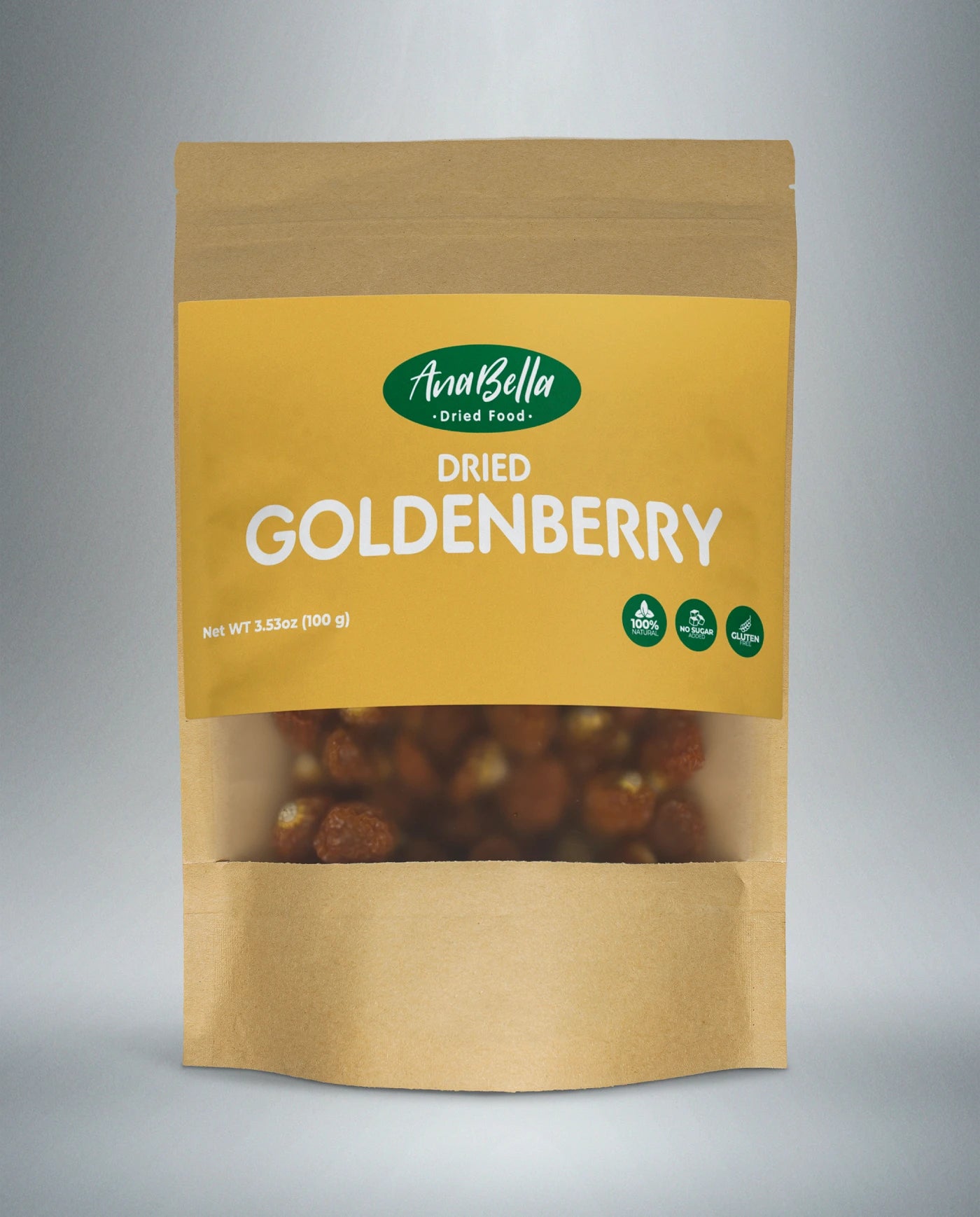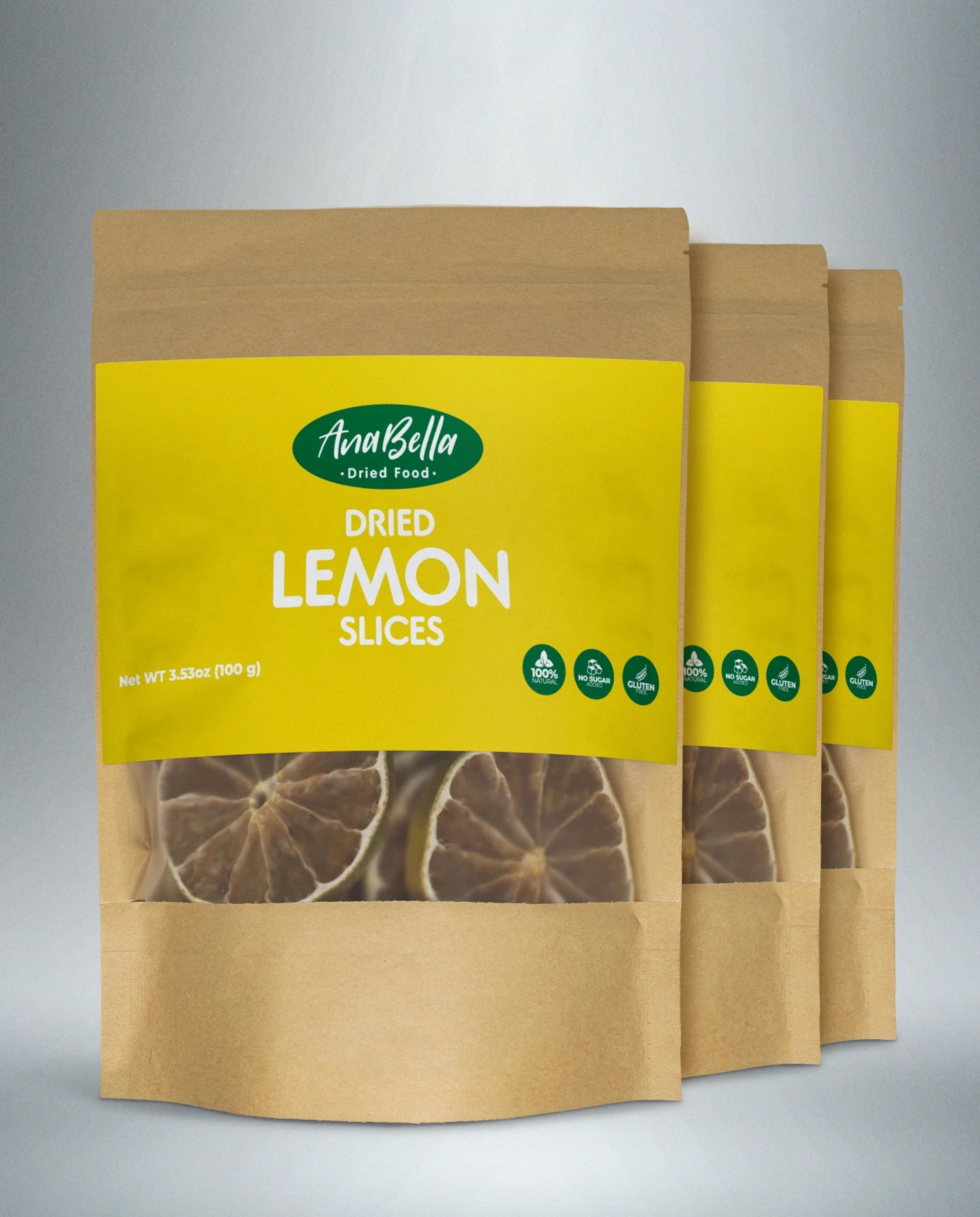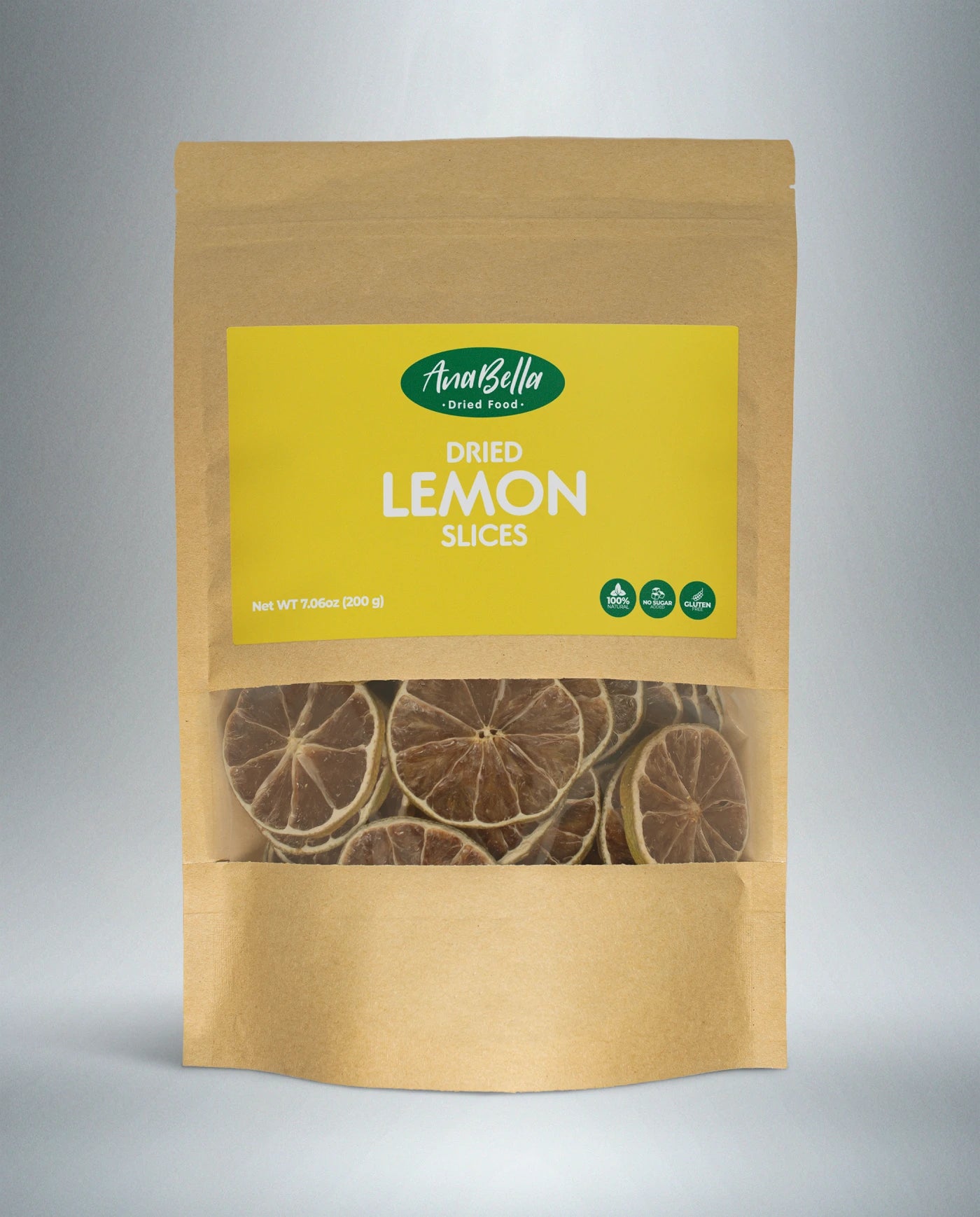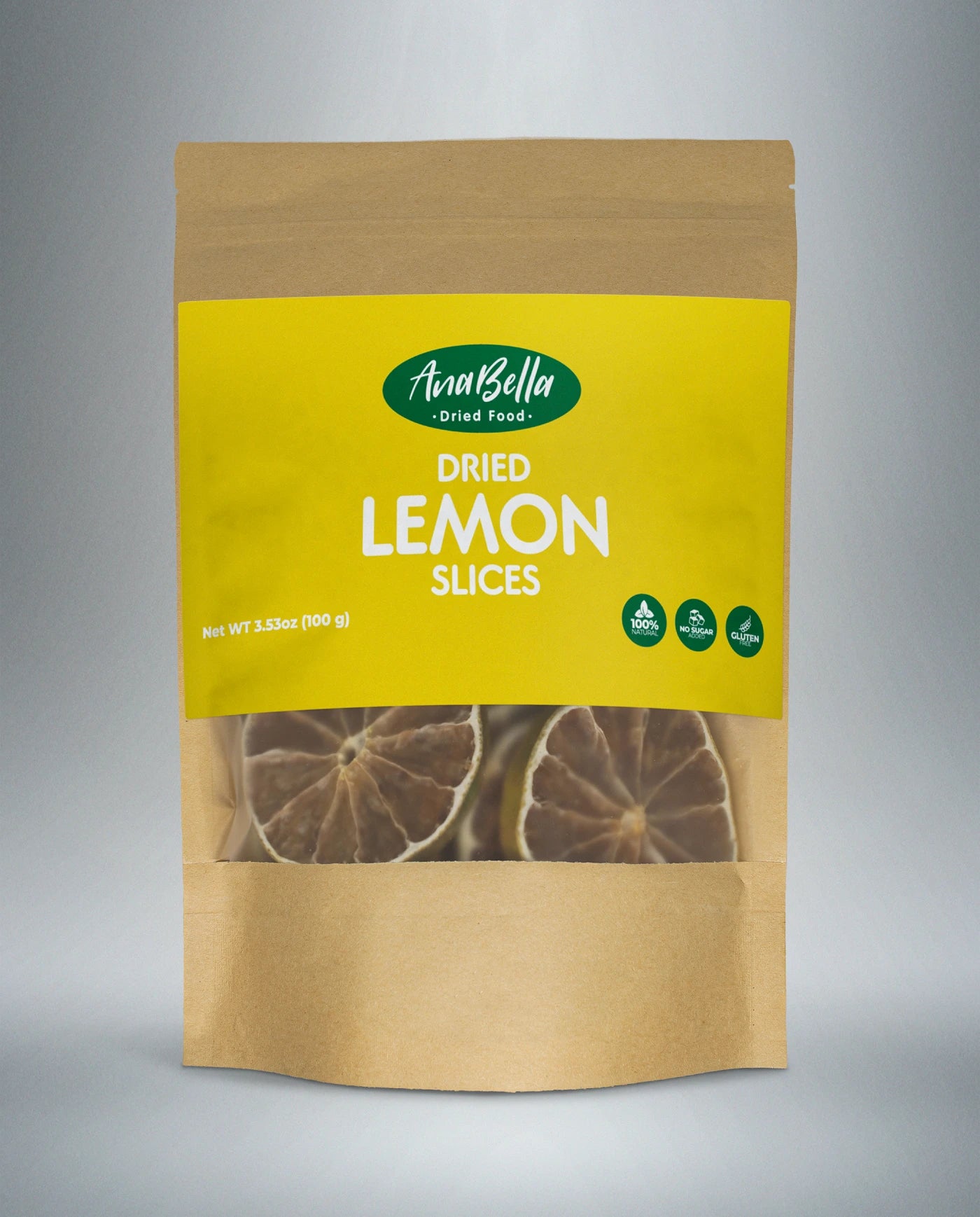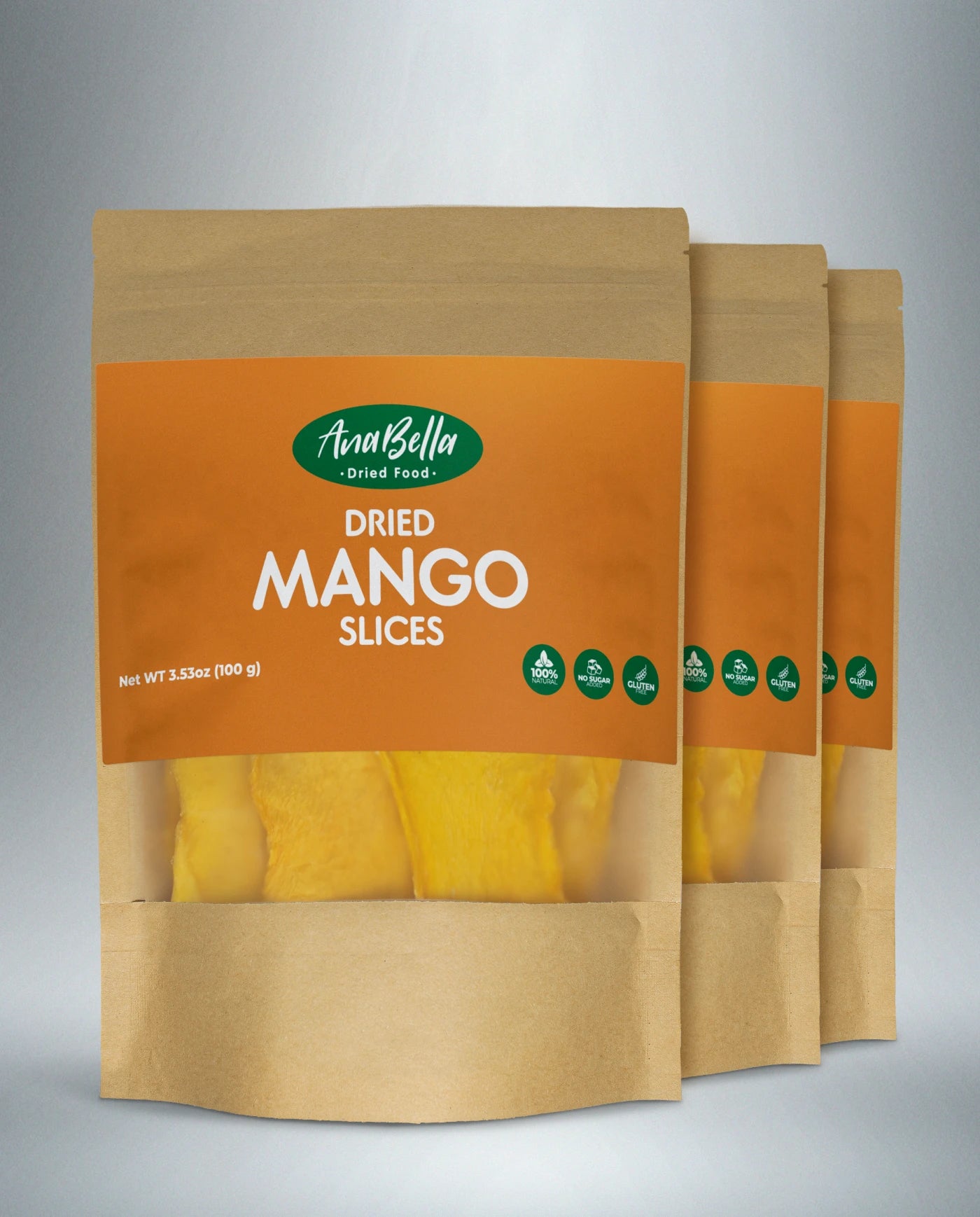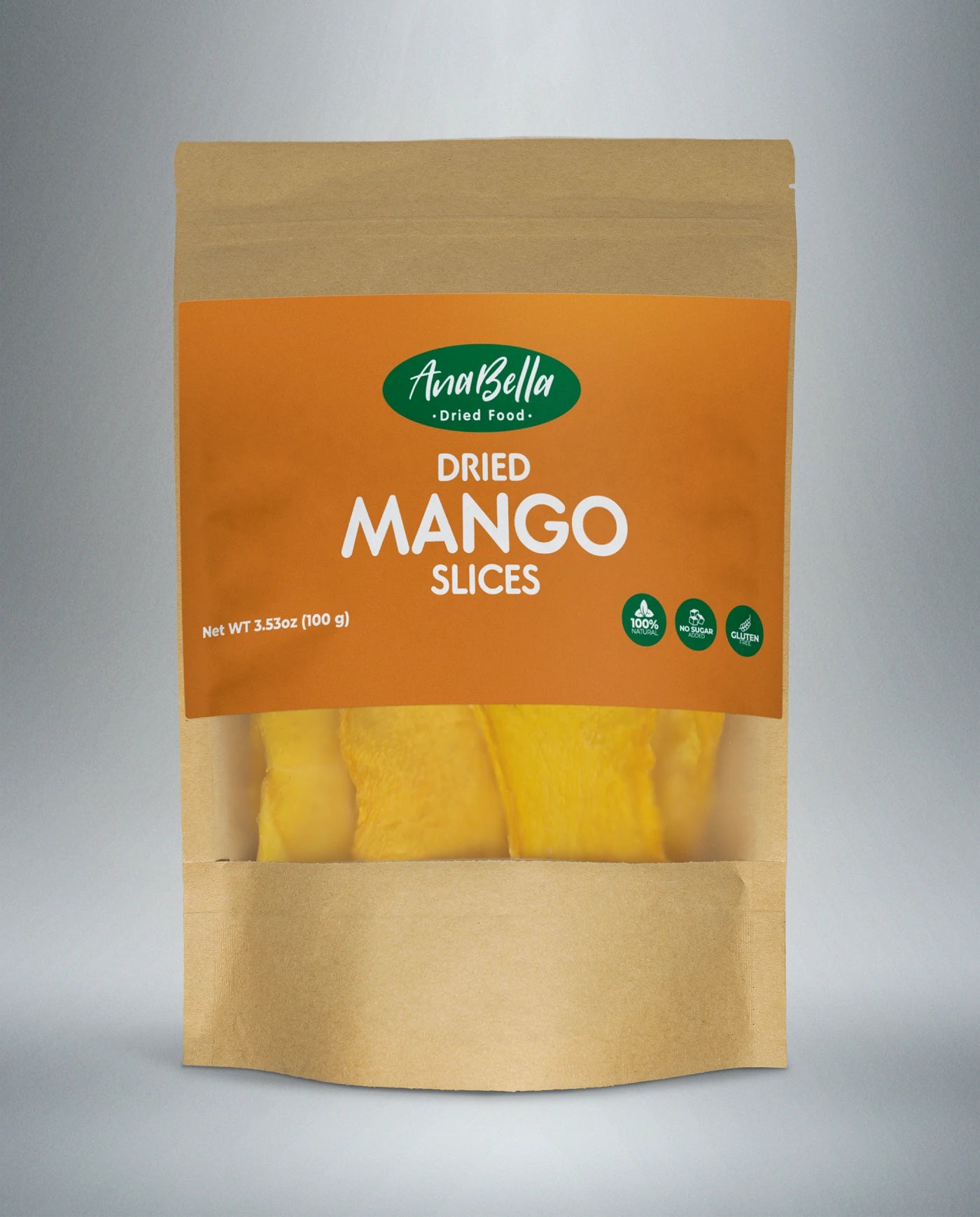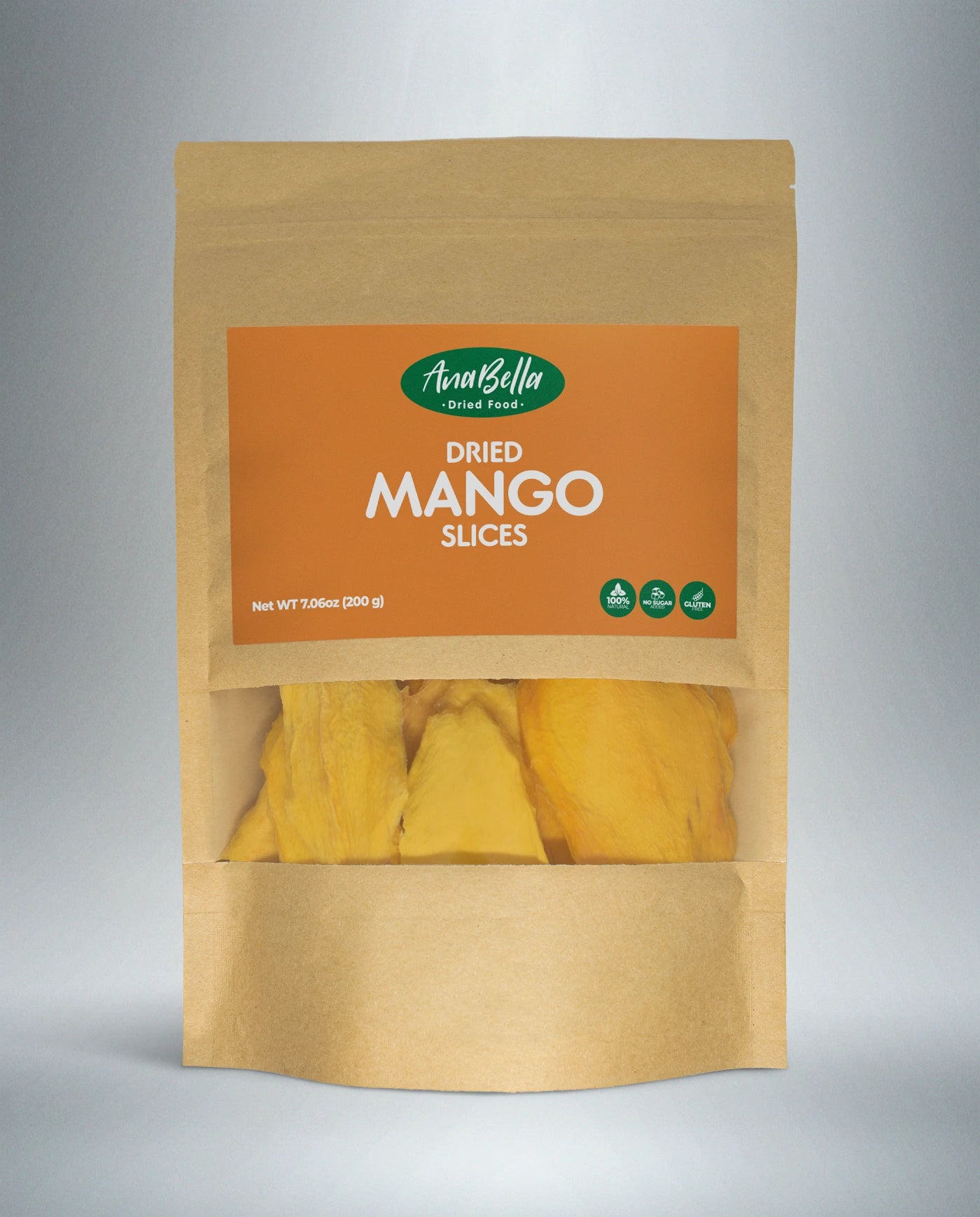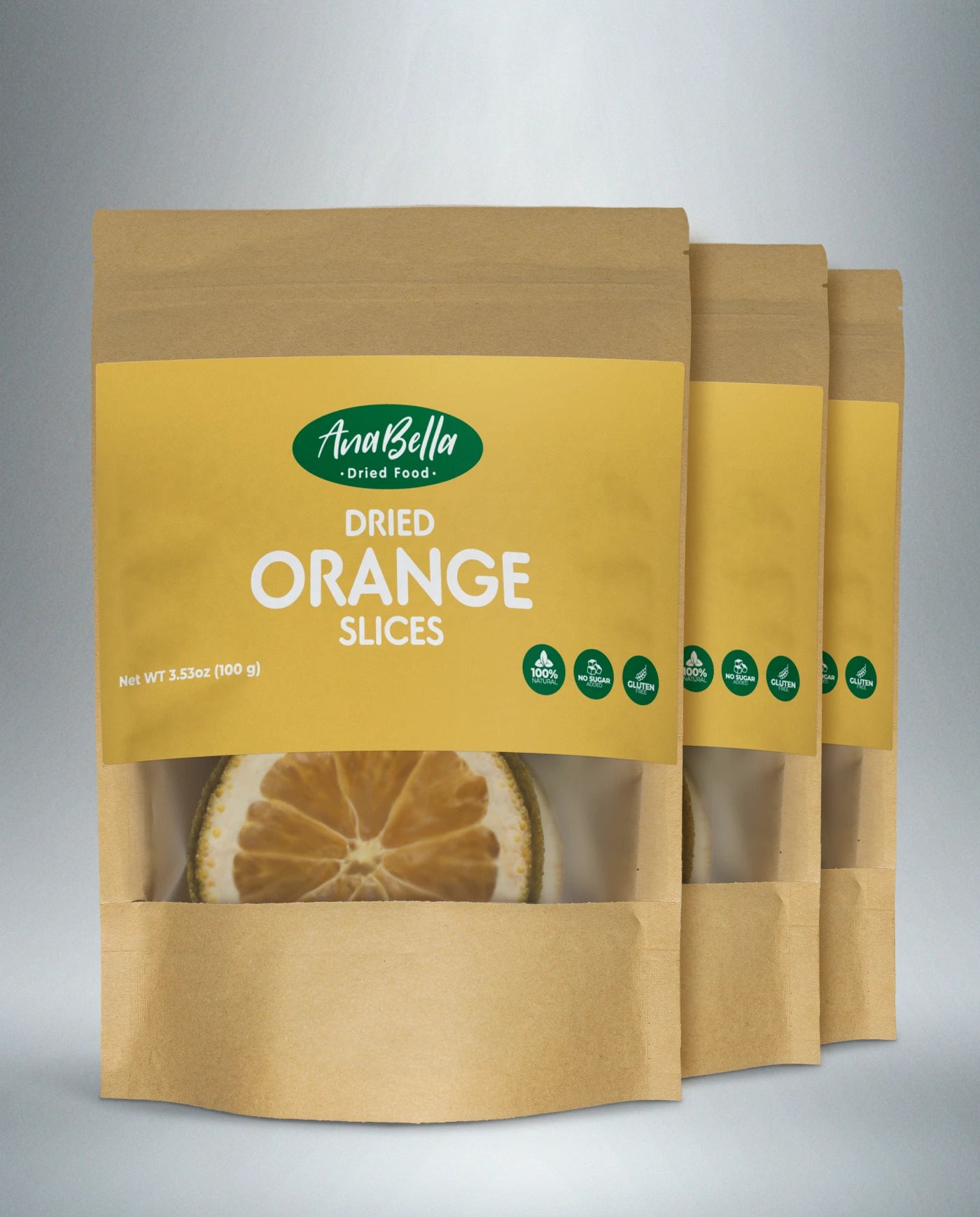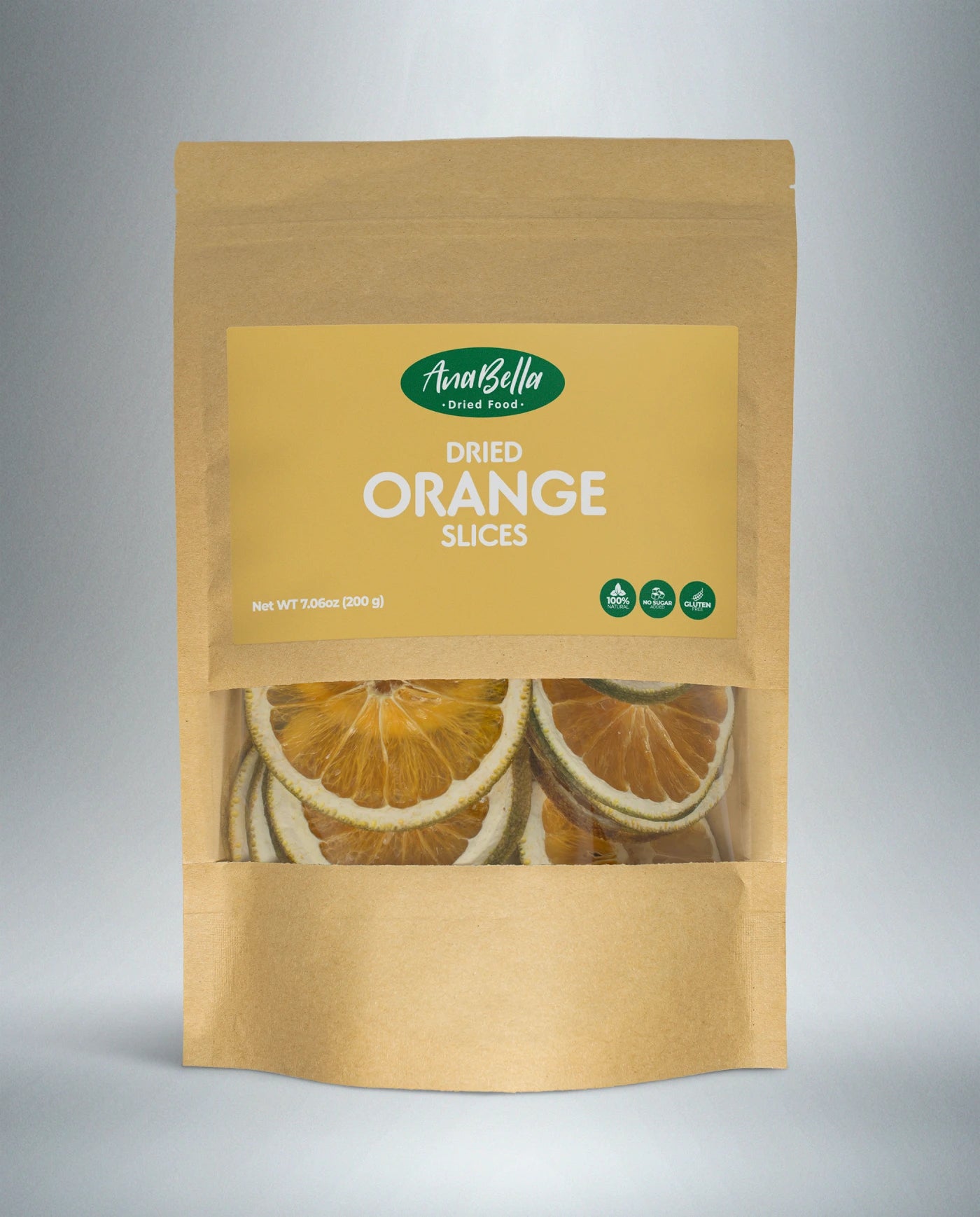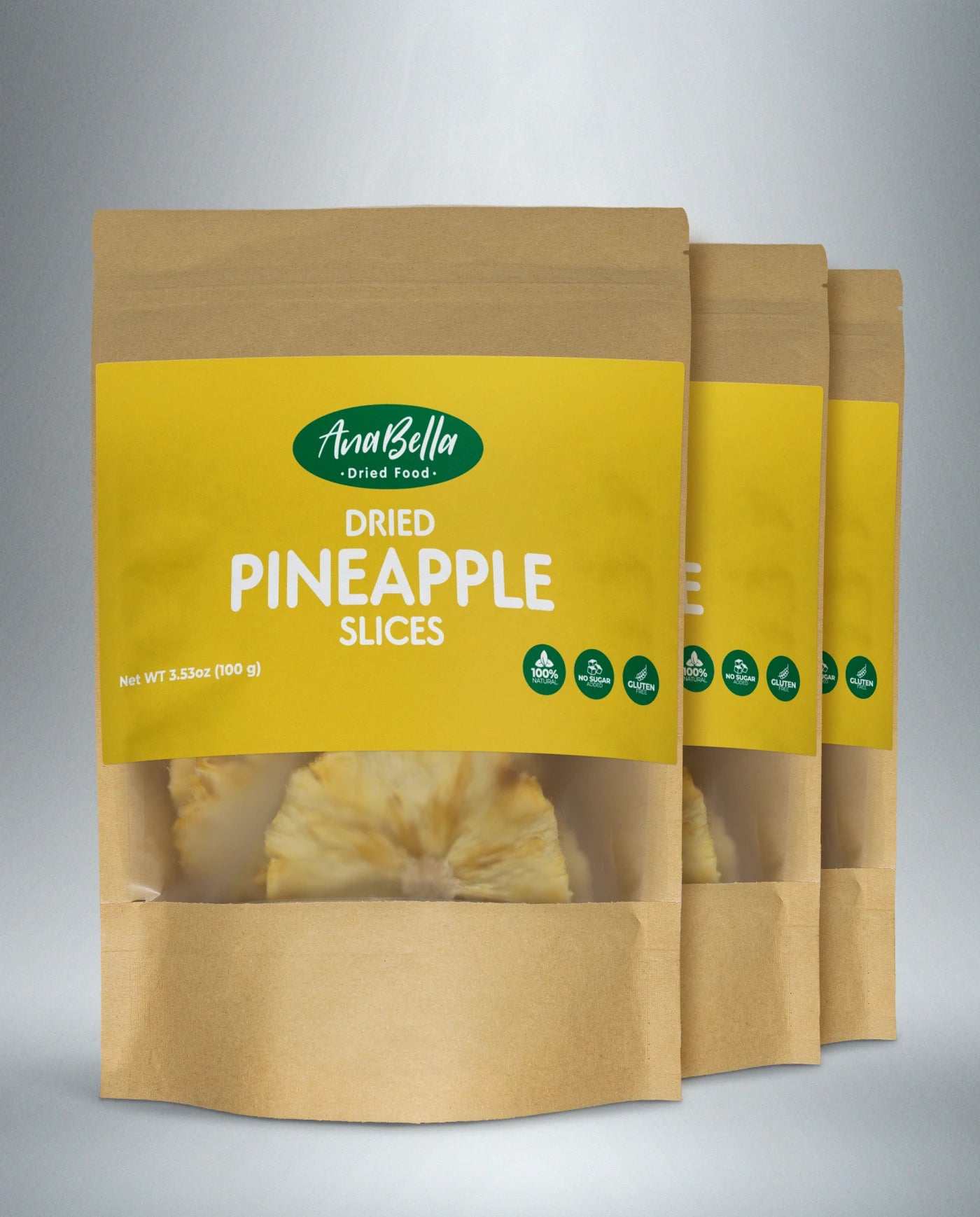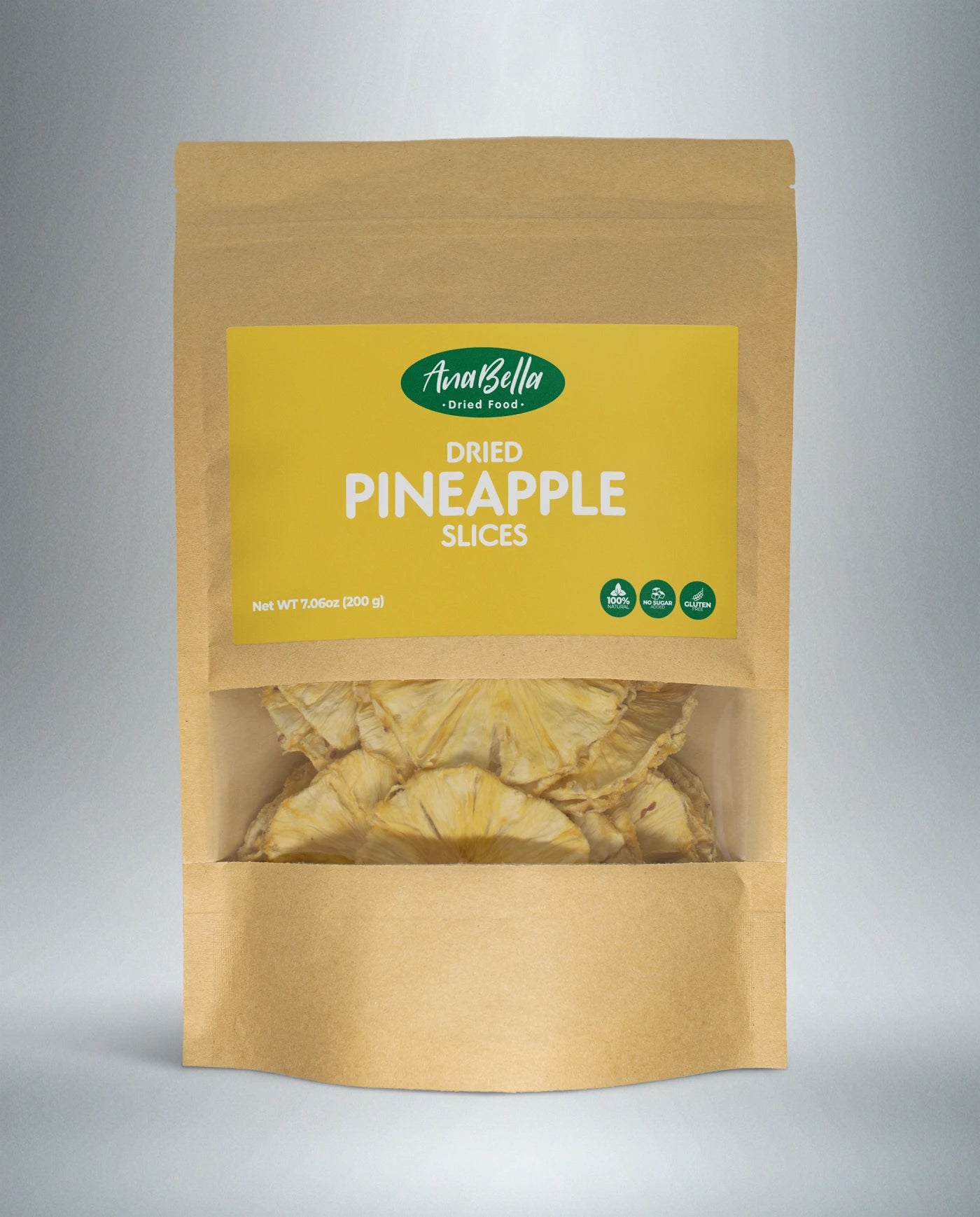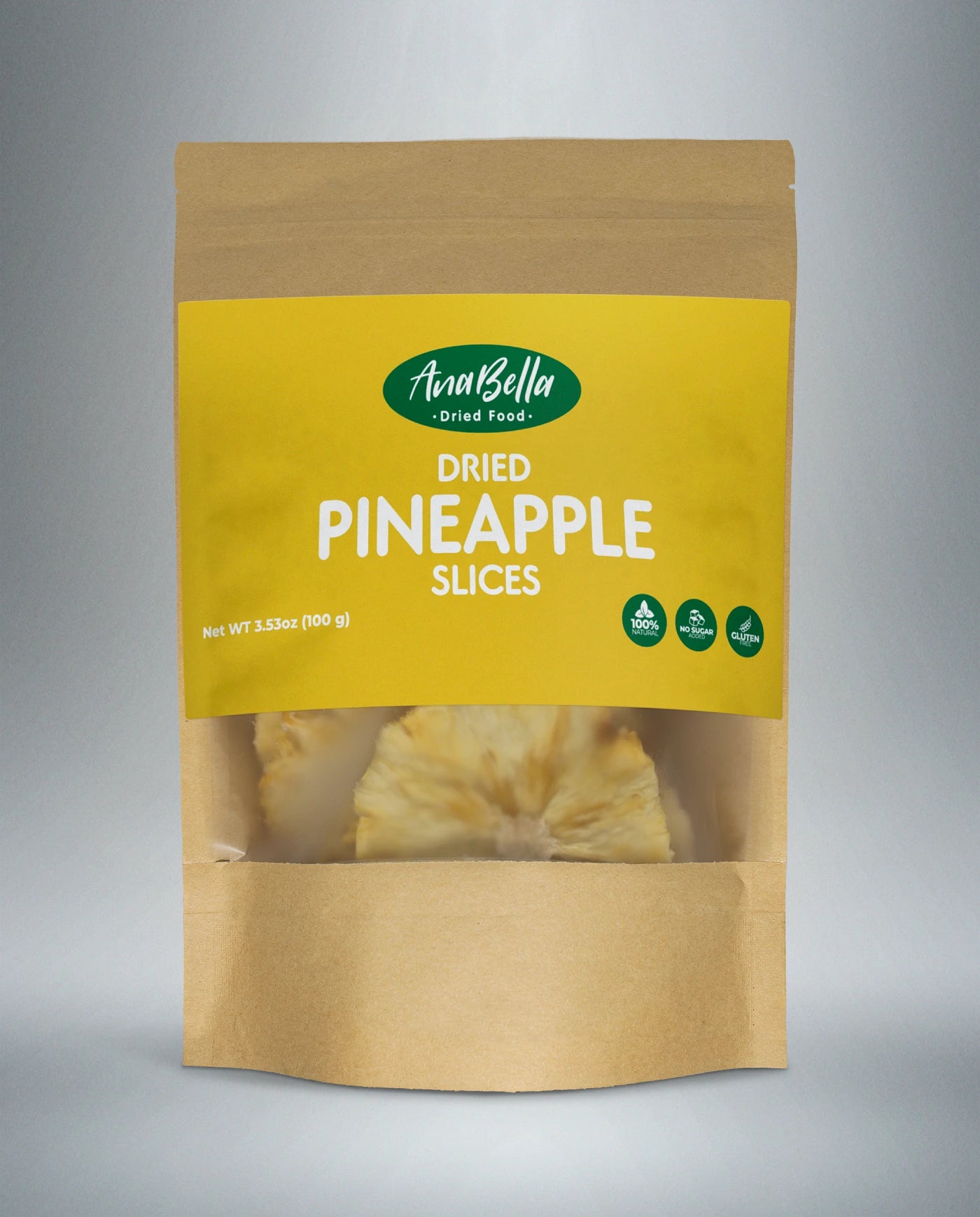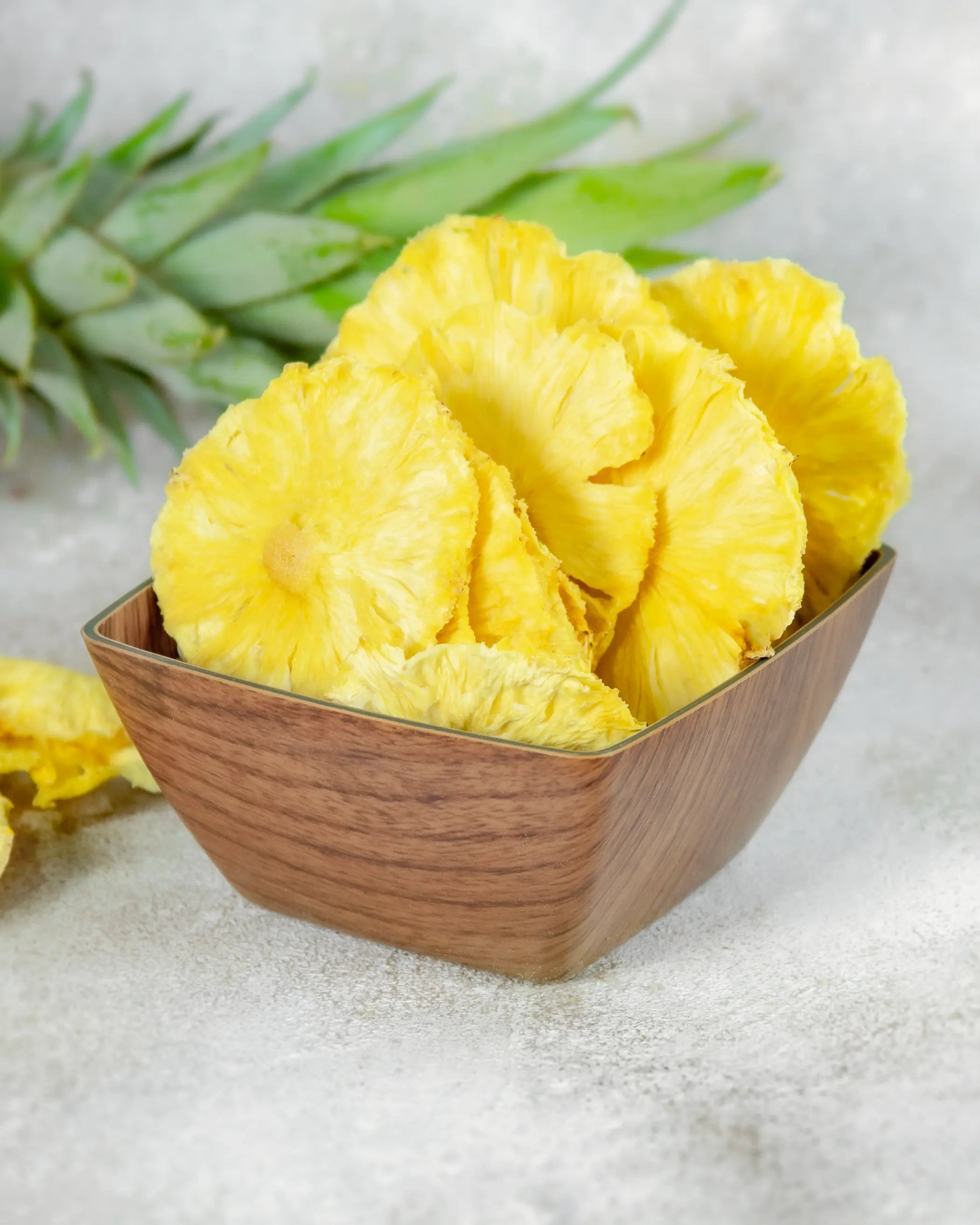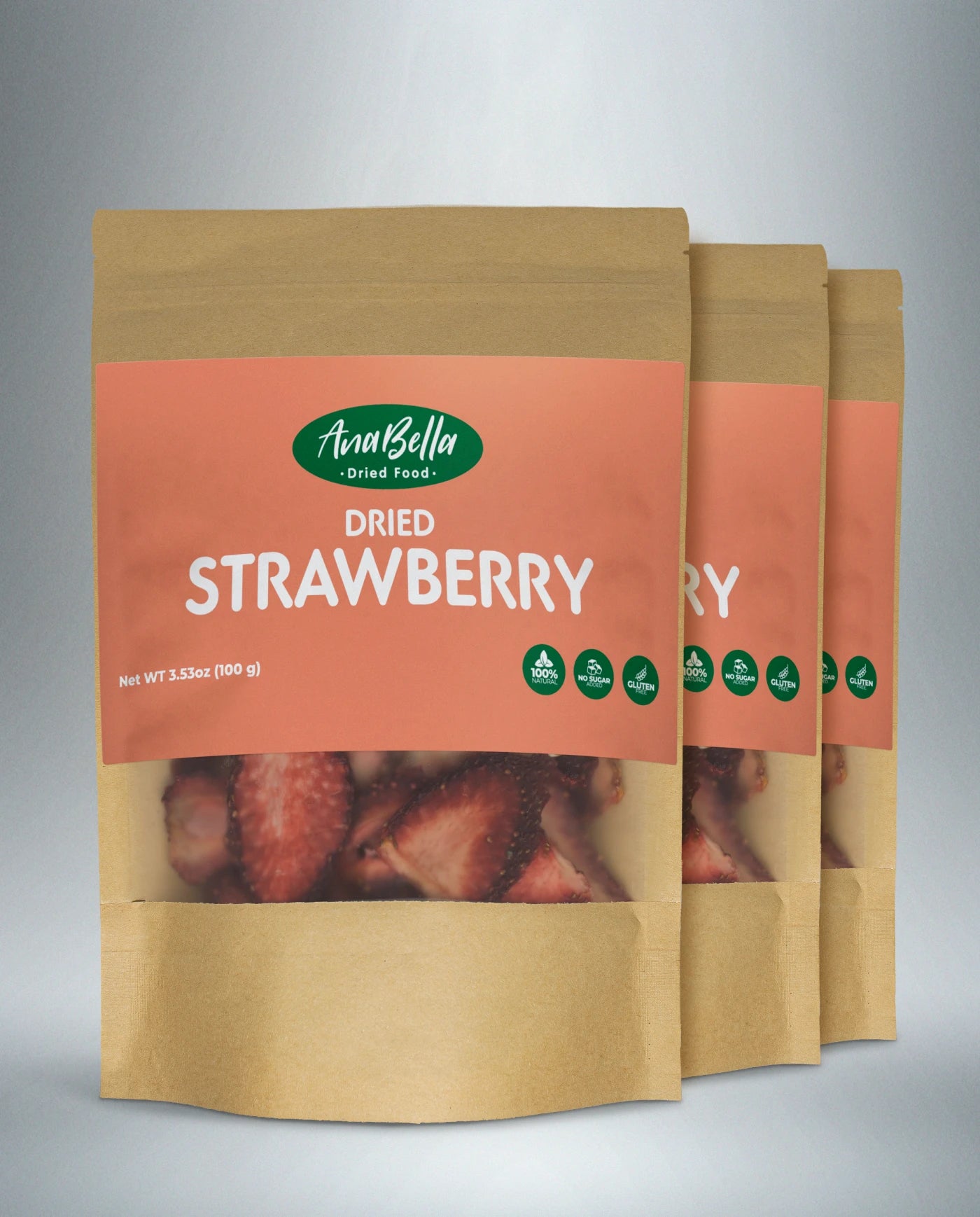
Dried Fruit by the Numbers: Consumption, Nutrition, and Global Trends

Dried fruit has been around for centuries, but today, it's enjoying a modern resurgence. As people look for healthier, more natural ways to snack, dried fruit has stepped into the spotlight. Not just as a tasty option, but as a smart one.
This article explores what makes dried fruit so appealing today, supported by data on global consumption, nutrition, and the food trends shaping our choices.
A growing global market
The demand for dried fruit has increased significantly over the past decade. According to a 2023 report by Market Research Future, the global dried fruit market was valued at $8.94 billion in 2022 and is expected to reach $13.89 billion by 2032, with a projected annual growth rate of 4.6 percent.
This growth is driven by consumers looking for snacks that are clean-label, plant-based, and rich in nutrients, while still fitting into busy lifestyles. Dried fruit meets these needs. It's shelf-stable, convenient, and made from whole ingredients.
Why is dried fruit so popular?
Several factors have made dried fruit a favorite among health-conscious consumers and food professionals:
- Portable: No need for refrigeration. Perfect for work, school, travel, and outdoor activities.
- Long-lasting: Naturally preserved through the removal of moisture, which helps prevent spoilage.
- Naturally sweet: Offers a satisfying flavor without added sugar, when produced properly.
- Versatile: Works in both sweet and savory dishes, from baked goods to salads.
- Recognizable ingredients: Often contains just one item on the label, the fruit itself.
These features are well aligned with current dietary priorities, especially for people trying to reduce their intake of heavily processed foods.
Nutritional benefits worth highlighting
Dried fruits are considered nutrient-dense, meaning they contain a high concentration of vitamins and minerals in small portions. Here are a few standout examples:
- Dried Mango: A good source of vitamin A and beta-carotene, which support vision and immune function.
- Dried Pineapple: Contains bromelain, an enzyme linked to improved digestion.
- Dried Banana: Provides potassium and fiber, both important for heart and gut health.
- Dried Apple: Offers antioxidants like quercetin and helps support healthy digestion.
- Dried Cranberries (unsweetened): Known for their polyphenols, which may support urinary tract health.
Since dried fruit has its water content removed, nutrients and calories are more concentrated. This makes portion control an important part of healthy snacking.
What do dietary guidelines say?
According to the USDA Dietary Guidelines for Americans 2020–2025, dried fruit counts as part of your daily fruit intake. The guidelines note that one-quarter cup of dried fruit equals one-half cup of fresh fruit.
This makes dried fruit a useful option when fresh produce isn’t available or convenient.
Dried fruit as a functional food
More consumers are choosing foods that do more than satisfy hunger. They want products that support wellness goals, from digestion to heart health.
Dried fruits are often included in the category of functional foods because they provide fiber, natural compounds, and antioxidants. When eaten as part of a balanced diet, they can contribute to improved nutrition and overall well-being.
Looking ahead
From kitchens to snack aisles to wellness trends, dried fruit has found its place. Whether eaten on its own or used as an ingredient, it continues to gain popularity thanks to its natural composition, long shelf life, and strong nutritional profile.
What once was seen as an old-fashioned pantry item is now recognized as a modern solution for healthy eating.





